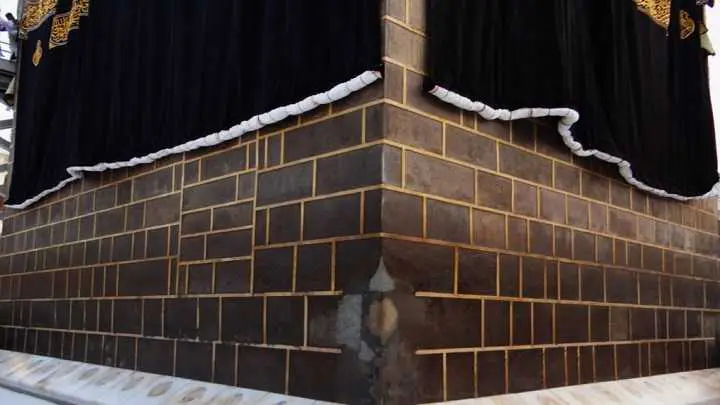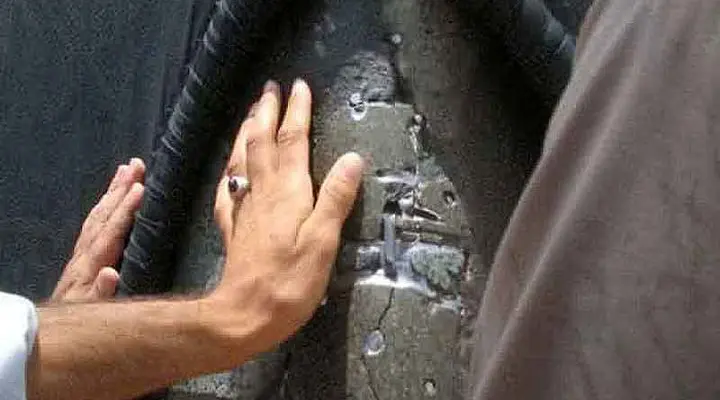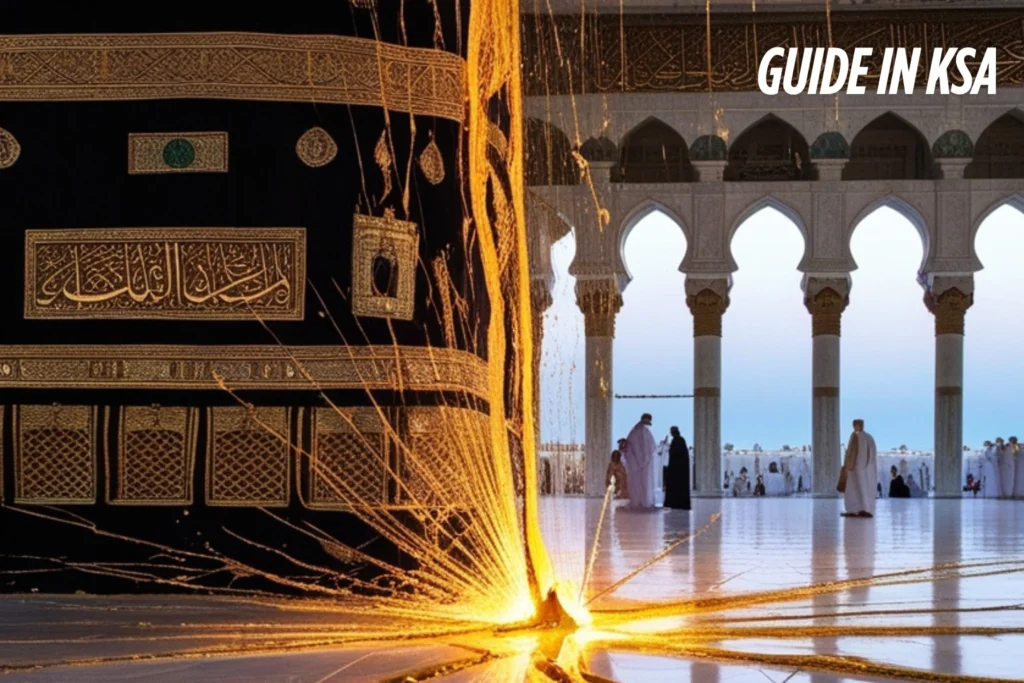The Holy Kaaba, the most sacred site in Islam, has long been the focus of profound reverence and scholarly discourse. One of the most intriguing aspects of this hallowed structure is the presence of a distinct crack in its wall, located at the Rukn Yamani (the Yemeni Corner). This crack of the holy Kaaba has been the subject of much speculation and debate, with different sects of Islam offering their interpretations of its origins and significance.
The Historical Context Crack Of The Holy Kaaba
The Holy Kaaba, a rectangular building at the center of the Masjid al-Haram in Mecca, Saudi Arabia, is believed to have been built by the Prophets Ibrahim (Abraham) and Ismail (Ishmael) thousands of years ago. Throughout its history, the Kaaba has undergone numerous renovations and reconstructions, each aimed at preserving its sanctity and restoring its original grandeur.

Shia Point of View
The Shia sect of Islam has attached a profound significance to the crack in the Kaaba’s wall. According to Shia beliefs, the crack is said to have been caused by the miraculous opening of the Kaaba’s door during the birth of Hazrat Ali, the fourth caliph and the cousin of Prophet Muhammad (peace be upon him).
The Shia tradition holds that the mother of Hazrat Ali began experiencing labor pains while circumambulating the Kaaba, and the structure was miraculously opened to allow her to give birth inside its sacred confines.
Sunni Point of View
In contrast, the Sunni interpretation of the crack in the Kaaba’s wall does not attribute it to any specific historical event. Sunni scholars believe that the crack is the result of natural wear and tear, weathering, and the harsh environmental conditions that the Kaaba has endured over the centuries.
They argue that the crack is not related to the birth of Hazrat Ali or any other significant event, and that the Saudi government has undertaken efforts to repair and maintain the structural integrity of the Kaaba.

The Reconciliation of Perspectives
While the Shia and Sunni views on the origins of the crack of the holy Kaaba wall differ, it is important to recognize that the Kaaba holds immense significance for all Muslims, regardless of their sectarian affiliations.
The Kaaba represents the spiritual and physical center of the Islamic faith, and its preservation and restoration have been the shared responsibility of the Muslim community throughout history.
Conclusion
Ultimately, the crack of the holy Kaaba wall serves as a reminder of the structure’s enduring legacy and the rich tapestry of Islamic history and tradition that it embodies. Whether one adheres to the Shia or Sunni interpretation, the Kaaba remains a unifying symbol of faith, devotion, and the unwavering commitment of Muslims to preserve the sanctity of this most revered site.
FAQs:
1. Who built the Holy Kaaba?
The Holy Kaaba is believed to have been built by the Prophets Ibrahim (Abraham) and Ismail (Ishmael) thousands of years ago.
2. What is the Shia perspective on the crack in the Kaaba’s wall?
The Shia sect of Islam believes that the crack in the Kaaba’s wall is related to the miraculous birth of Hazrat Ali, the fourth caliph, inside the Kaaba.
3. What is the Sunni perspective on the crack in the Kaaba’s wall?
The Sunni scholars believe that the crack in the Kaaba’s wall is the result of natural wear and tear and environmental factors, and is not related to any specific historical event.
4. How has the Saudi government addressed the crack in the Kaaba’s wall?
The Saudi government has undertaken efforts to repair and maintain the structural integrity of the Kaaba, including addressing the crack in its wall.
5. What is the significance of the Kaaba in the Islamic faith?
The Kaaba represents the spiritual and physical center of the Islamic faith, and its preservation and restoration have been the shared responsibility of the Muslim community throughout history.


